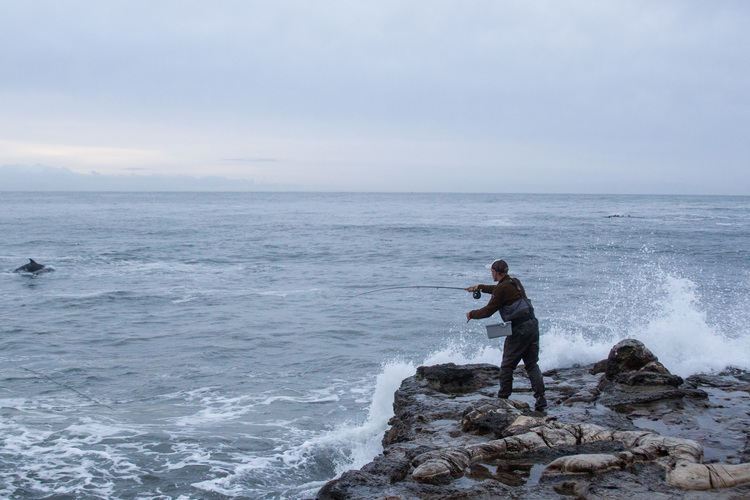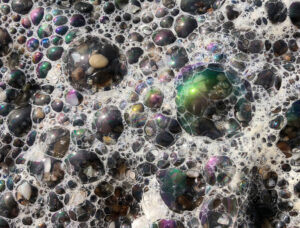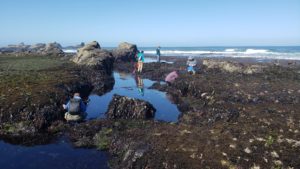Jack Harrison, 26, is already a seasoned wilderness and fly-fishing guide and the lead survival instructor at Adventure Out outdoor school based in Santa Cruz. We caught up with Jack as he returned from a morning of ocean fishing at Stinson Beach.
Describe some of the personal wilderness expeditions you’ve taken.
I’m an big fly-fisherman. In winter I catch and release steelhead from Santa Cruz all the way up to Southeast Alaska. There are only a couple of fisheries in Santa Cruz where you can still fish – the San Lorenzo River is one of them. I try not to take them out of the water; I want the population to recover. I love wild fish, and steelhead are some of the most beautiful creatures on earth.
In 2013 I went on a really cool trip to the Dean River in British Columbia. Only a few people venture out there; you need a special 10-day permit, and it’s only accessible by boat, helicopter, or float plane. It was not uncommon to wake up and find fresh grizzly tracks just 25 yards from my tent.
Why do you love fishing?
I really enjoy it because it’s challenging and you’re forced to interact with your environment. And it connects me with our predecessors’ natural traditions (of hunting and fishing). To continue practicing that in a respectful manner connects me with myself and the natural world.
Tell us about your new fly-fishing guide business.
I like to connect people to the ocean. So many people are passionate about fly-fishing, but most of them are driving to the Sierras even though there are fish right here in their backyard! Standing there fly-fishing at Stinson Beach, you’re not answering your cell phone – you’re just seeing dolphins and the Farallon Islands in the distance.
We’ve heard about fly-fishing in rivers: but the ocean?
Fly fishing in the ocean has been done for a very, very long time. Movies like A River Runs Through It popularized it in rivers, so that’s what most people think fly fishing is: standing in the middle of a river waving a rod over your head, when in fact it is just the pursuit of any game fish species using a fly rod fly line and casting a fly.
I love this type of fishing because you really have to know everything about the fish you are targeting; where it hangs out, what it eats, and what makes it want to eat. In the ocean, that translates to tidal movement, the weather patterns, the swells and even the moon phase. You have to actively fish your fly to entice the fish into eating it. It’s a much more intimate experience than chucking a piece of squid out and sitting there waiting for something to come along and eat it. When I’m fishing I’m constantly moving and analyzing the structure I am fishing (rips, troughs…anything that shelters fish from the waves or concentrates food).
What is a fly?
It’s called a fly because it has been tied using materials from animals and other fibers, and often in rivers most of the flies people fish actually represent insects in various stages of life. When fishing in the ocean here in the Bay Area, we tie flies that are representative of the forage the fish here have access to. For perch, that’s a large number of things, but mole crab imitations are a good bet.
Do you let your clients keep the fish they catch?
I encourage my anglers to practice catch and release. There’s enough pressure on the fisheries already. A lot of guys are taking way too many perch.
>> Part 1 of Bay Nature’s interview with fly-fishing and wilderness guide Jack Harrison
>>Learn more about Jack, his classes, and fly-fishing:
- Adventure Out outdoor classes
- Jack’s fishing guide website: Fishtherip.net





